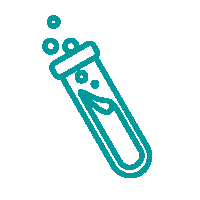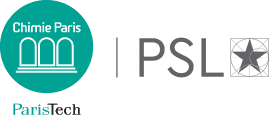

Chiral phonons in quantum materials
Gaël Grissonnanche, Laboratory of Atomic and Solid State Physics, Cornell University, Ithaca, NY, USA
Where : Hybrid format
- Room Charpak, Entrance Building, ground floor
- Zoom link: https://espci.zoom.us/j/88349618317?pwd=aXcrQ3RVaFpWMlA3Wk0yRHlsdy94Zz09
ID: 883 4961 8317
Password: B.Pascal
Laboratory of Atomic and Solid State Physics, Cornell University, Ithaca, NY, USA and Kavli Institute at Cornell for Nanoscale Science, Ithaca, NY, USA
The thermal Hall effect has been proposed as a powerful tool to probe exotic topological excitations in quantum spin liquids, with the spectacular report of a half-quantized thermal Hall effect in the Kitaev material α-RuCl3[1,2]. These results hold much promise for quantum computing.
However, it is becoming surprisingly apparent that phonons can also produce a large thermal Hall effect across a wide range of quantum materials, from cuprate superconductors [3,4] to the titanates [5] and frustrated magnets [6]. A significant phonon Hall effect is also suspected in α-RuCl3 [7, 8]. While phonons carry no charge and are common low energy excitations in solids, the origin of the handedness that gives rise to a phonon Hall effect in a magnetic field remains an enigma. Besides, the present ubiquity of the phonon Hall effect calls for caution when interpreting the results of quantum spin liquids candidates.
During the talk, I will share the signatures of the thermal Hall effect of phonons and how we came to discover it; why this is interesting, and how we can learn about quantum materials through this journey of serendipitous discoveries. By the end of the presentation, I hope to convince you that the thermal Hall effect is a technique that needs to be more fully/carefully exploited experimentally and the phonon Hall effect a property that needs to be better understood theoretically.
References
[1] Kasahara et al., Nature 559, 277 (2018)
[2] Yokoi et al., Science 373, 6554 (2021)
[3] Grissonnanche et al., Nature 571, 376 (2019)
[4] Grissonnanche et al., Nat. Phys. 16, 1108 (2020)
[5] Li et al., PRL 105, 225901 (2020)
[6] Hirokane et al. PRB 99, 134419 (2019)
[7] Hentrich et al. PRB 99, 085136 (2019)
[8] Lefrançois et al. PRX 12, 0021025 (2022)
- This évènement has passed.
